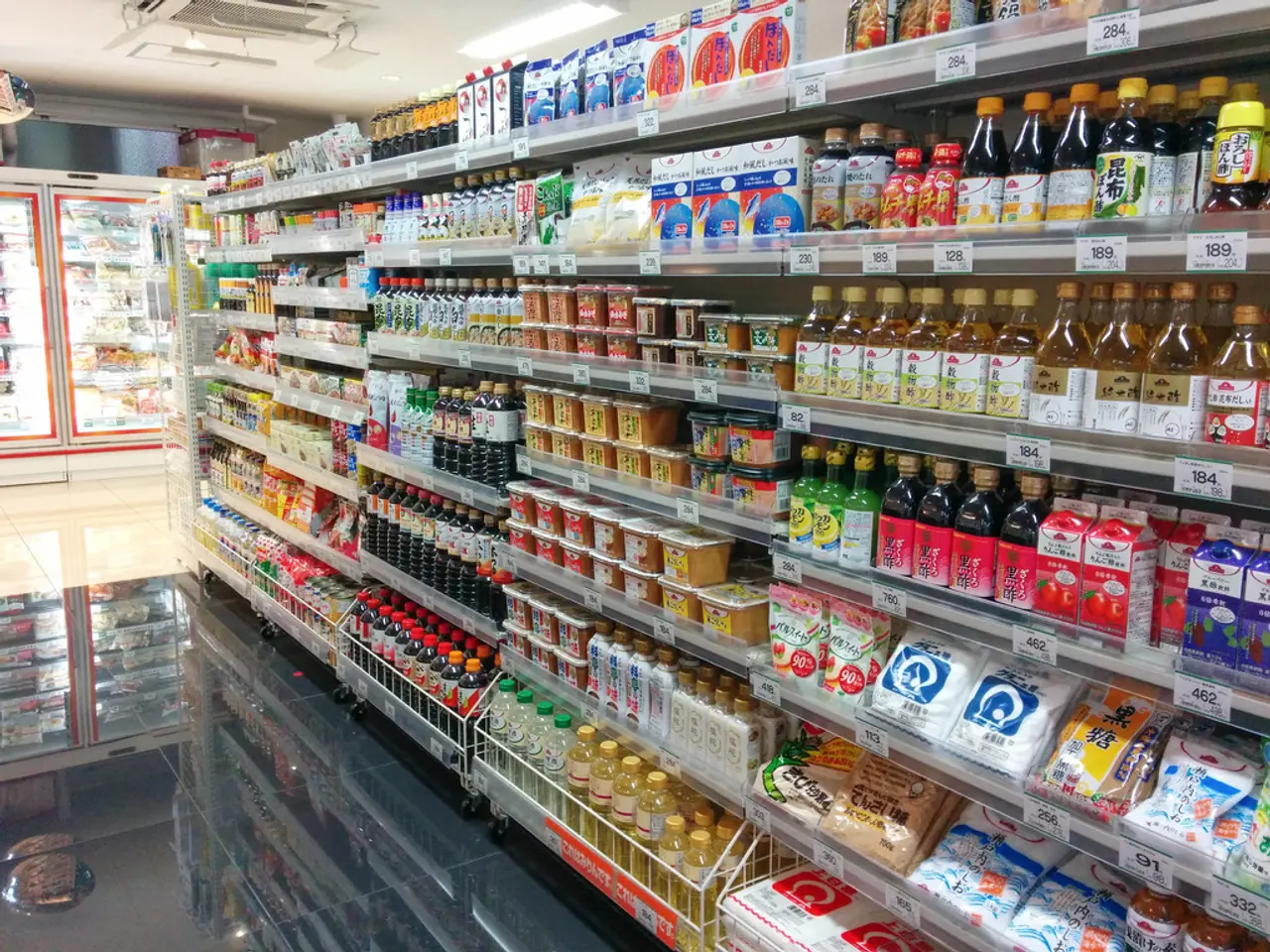Unveiling the Power of Analytics in Overcoming Supply Chain Issues!
In the dynamic world of commerce, the efficiency of supply chain logistics has never been more crucial. From warehousing to last-mile solutions, advanced analytical solutions are revolutionizing various aspects of the industry, including operational planning, cargo tracking, customer service, perishable inventory management, route optimization, and more [1].
One of the most effective techniques for optimizing supply chain logistics and reducing shipping delays is demand forecasting with machine learning. By analysing historical sales, market trends, and external data, AI-powered forecasting tools can accurately predict demand, helping to optimize inventory levels, reduce excess stock, and avoid stockouts [5]. These tools adapt to seasonality and trends, enhancing accuracy and cost-effectiveness [5].
Another key strategy is route optimization. Advanced route optimization software utilizes traffic data, delivery windows, vehicle capacities, and driver schedules to automate and optimize delivery routes, reducing travel time, transportation costs, and delays, particularly during peak demand periods [1][4].
Integrating sensors, IoT devices, and real-time data analytics enables end-to-end tracking across supply chains, supporting prompt responses to disruptions, better inventory management, and improved coordination to prevent shipping delays [1][3]. In the realm of perishable goods, which include fresh vegetables, bread, and milk, this real-time visibility is paramount, as time can lead to dangerous forms of biological contamination, potentially inviting legal action from customers [2].
Data-driven inventory tools use analytics to identify demand patterns and restocking needs, minimizing holding costs while ensuring product availability for timely shipment [1][2]. In the perishable goods sector, sellers must be particularly careful about inventory levels to minimize spoilage [3].
Big data analytics also play a crucial role in supplier relationship management and risk mitigation. By assessing supplier performance and risks, companies can build resilient supplier networks and mitigate disruption risks that could delay shipping [1][3]. Blockchain and machine learning help enhance transparency and predictive risk management in logistics [1][3].
Platforms that create digital twins of supply chains allow scenario analysis and real-time adjustments, optimizing network design and operations cost-effectively [5]. By combining these approaches—demand forecasting, route optimization, real-time tracking, inventory analytics, risk management, and digital twins—companies can significantly improve supply chain efficiency, reduce operational costs, and beat shipping delays through data-driven decision making and automation [1][3][4][5].
In the face of current international supply chain troubles and shipping congestion, the topic of logistics has gained increased interest. Modern businesses are relying on big data analytics to track goods and provide timely updates at any point in a delivery route [4]. Techniques for tracking goods include barcodes, GPS-enabled scanners, product tags with RFID technology, and various location-pinpointing techniques [3].
Visual analytics, a type of data analysis using visual presentation, is gaining popularity among managers, entrepreneurs, and others due to its ease of understanding [6]. Real-time analytics in visual analytics is comparable to weather forecasting or sports betting statistics [6]. Everyday mistakes in routing can lead to high expenses and lower profits, making the challenge of route optimization a significant management hurdle in the transport industry [6].
In conclusion, the integration of big data analytics into supply chain logistics is proving to be a game-changer, offering numerous benefits such as optimized routes, real-time visibility, efficient inventory management, and risk mitigation. As businesses continue to navigate the complexities of the modern logistics landscape, the potential for big data analytics to streamline operations and beat shipping delays is undeniable.
References: [1] Zarrella, D. (2020). The Future of Data in Supply Chain Management. Forbes. [2] Shapiro, M. (2021). How AI is Revolutionizing the Perishable Food Industry. Forbes. [3] Sengupta, A. (2021). The Role of Big Data in the Perishable Goods Supply Chain. Supply Chain Digital. [4] McWilliams, J. (2021). The Impact of Big Data on Logistics and Supply Chain Management. Logistics Management. [5] Gartner (2021). Top 10 Supply Chain Trends for 2021. Gartner. [6] Knoch, J. (2020). The Rise of Visual Analytics. Information Management.
- To optimize inventory levels, reduce excess stock, and prevent stockouts, AI-powered demand forecasting tools, which analyze historical sales, market trends, and external data, are often employed in the supply chain industry.
- Route optimization software, utilizing traffic data, delivery windows, vehicle capacities, and driver schedules, can automate and optimize delivery routes, thereby reducing travel time, transportation costs, and delays.
- Integrating sensors, IoT devices, and real-time data analytics allows for end-to-end tracking across supply chains, supporting prompt responses to disruptions, improved inventory management, and coordination to prevent shipping delays.
- Big data analytics plays a crucial role in supplier relationship management and risk mitigation, helping companies build resilient supplier networks and mitigate disruption risks that could delay shipping.
- By combining various approaches like demand forecasting, route optimization, real-time tracking, inventory analytics, risk management, and creating digital twins, companies can significantly improve supply chain efficiency, reduce operational costs, and beat shipping delays through data-driven decision making and automation.




